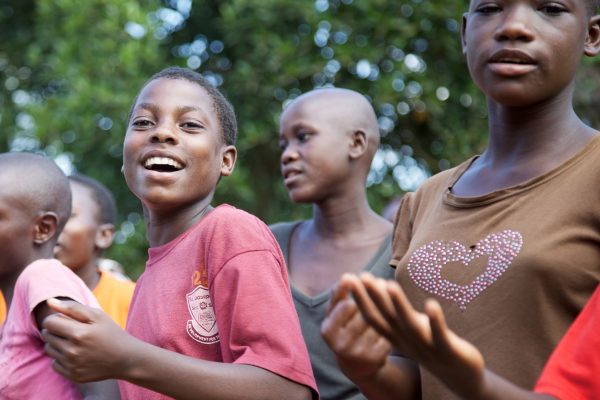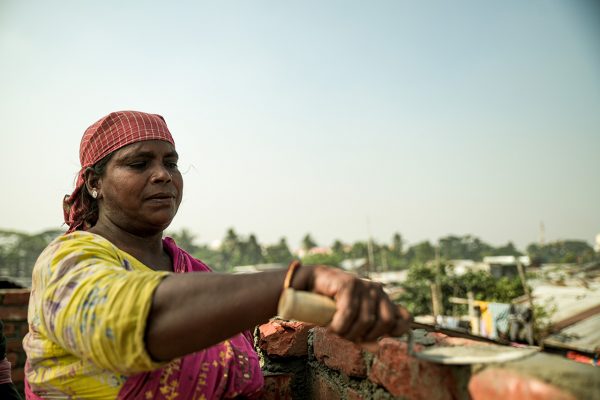Reading Time: 2 minutes
Uganda is the youngest country in the world. But in safe spaces far from family pressure and male attention, girls are turning the energy of youth into a forc
The video above shows some of the amazing effects of putting girls in charge.
Uganda is the youngest country in the world. But in safe spaces far from family pressure and male attention, girls are turning the energy of youth into a force for social change.
BRAC’s Empowerment and Livelihoods for Adolescents (ELA) program, which is funded by The MasterCard Foundation, is creating life-changing opportunities for young women, in Uganda and around the world. A two-year impact assessment of the program in Uganda published in 2012 by independent researchers at the London School of Economics, University College London, and the World Bank has confirmed what BRAC researchers began noticing in the field, that combining social and health awareness programs with training in financial literacy and small business development has a powerful, statistically observable effect on the lives of the young women.
Based on a randomized control trial that compared ELA participants to girls in a control village without similar interventions, the study found that self-reported condom usage was up 50% among sexually active members, reports of forced sex were down an astonishing 83% among club participants, teen pregnancy was down 29%, and there was a 35% increase in self-employment.
The success of this combined intervention has tremendous implications for the development of Uganda, a country that boasts a population of 36.35 million, 60% of whom are under 20 years old. The “youth bulge” has tremendous potential if the entrepreneurial spirit and commitment to development of many Ugandan youth can be properly harnessed and applied to activities that will contribute to economic growth. However, many young people lack reproductive health knowledge and further contraints force many young women into risky activity for survival.
Currently, Uganda’s fertility rate hovers around 6 for every woman of childbearing age. What’s more alarming is that Uganda has an adolescent fertility rate of 131 for every 1,000 girls between 15-19 years old. A high fertility rate makes it difficult for an already overburdened school system to cope with rising numbers of children; furthermore, early motherhood prevents many young women from developing the type of skills that could potentially pull them out of the cycle of poverty.
ELA is a program that confronts financial and gender-based social constraints head on. By creating a safe space for young women to meet, form a social network, and build personal confidence through sports and social empowerment activities, BRAC has found the perfect environment to advance health awareness and personal finance initiatives. As the above study suggests, this combined approach is more effective than are individual programs when tackling health or financial problems one by one.
Programs like ELA might just be the key to breaking barriers and unlocking the potential of young women in developing countries.
Emma Jehle is the Communications Intern at BRAC USA






